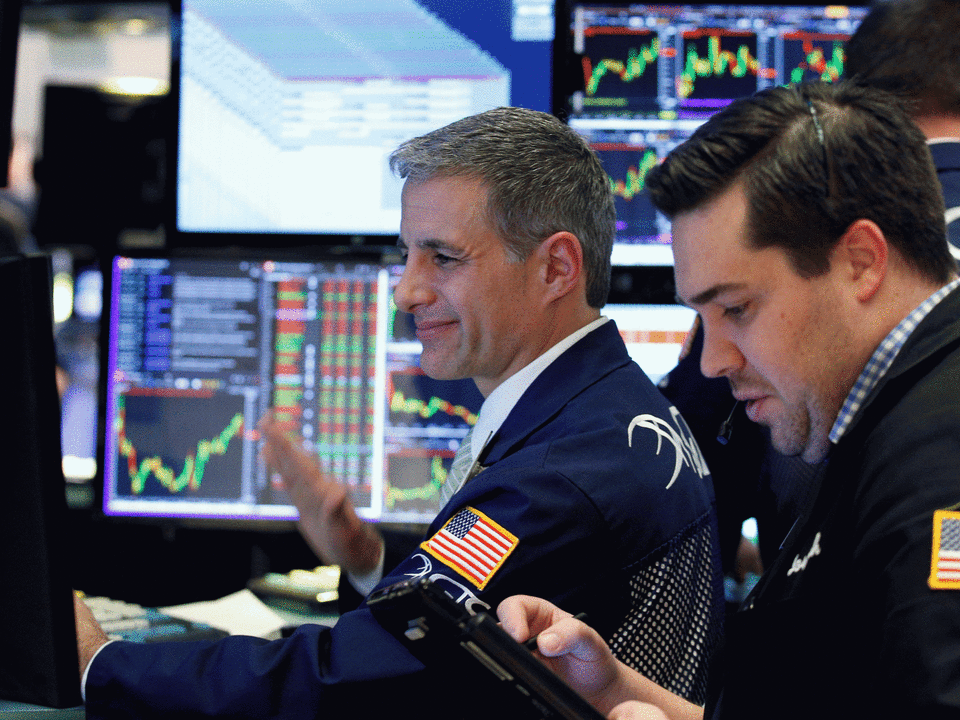Wall Street’s VIX ‘fear index’ falls to lowest level since 1993
The most widely monitored ‘fear gauge’ on Wall Street has fallen to its lowest level since 1993, helped by one of the strongest corporate earnings seasons in years, geopolitical risks around North Korea cooling off, and Emmanuel Macron’s French presidential victory removing a possible source of upset across Europe.
On Monday night, the CBOE Volatility Index, commonly referred to as the VIX, decreased 7.6 per cent to 9.77 according to Bloomberg data, its lowest level in well over 23 years.
The index is the most widely followed barometer of expected near-term stock market volatility and tends to spike when there are potential sources of shock on the horizon. But analysts said this week that there are no obvious risky events immediately in the pipeline and macro-economic data has been relatively robust too.
Read more
Euro hits a six-month high as Macron’s wins French election
Data on Friday showed that US job growth rebounded sharply in April helping the unemployment rate drop to a near 10-year low of 4.4 per cent.
On Monday, the S&P 500 Index hit a record high of 2,401.36.
"Overall the economy is still growing, unemployment is still extremely low, inflation is very much in check and the US Federal Reserve is raising rates but at a very low pace," Mandy Xu, derivatives strategist at Credit Suisse told Reuters.
"I think all that is positive for risky assets."
The US central bank raised its overnight interest rate by a quarter of a percentage point in March and has forecast two more increases this year.


